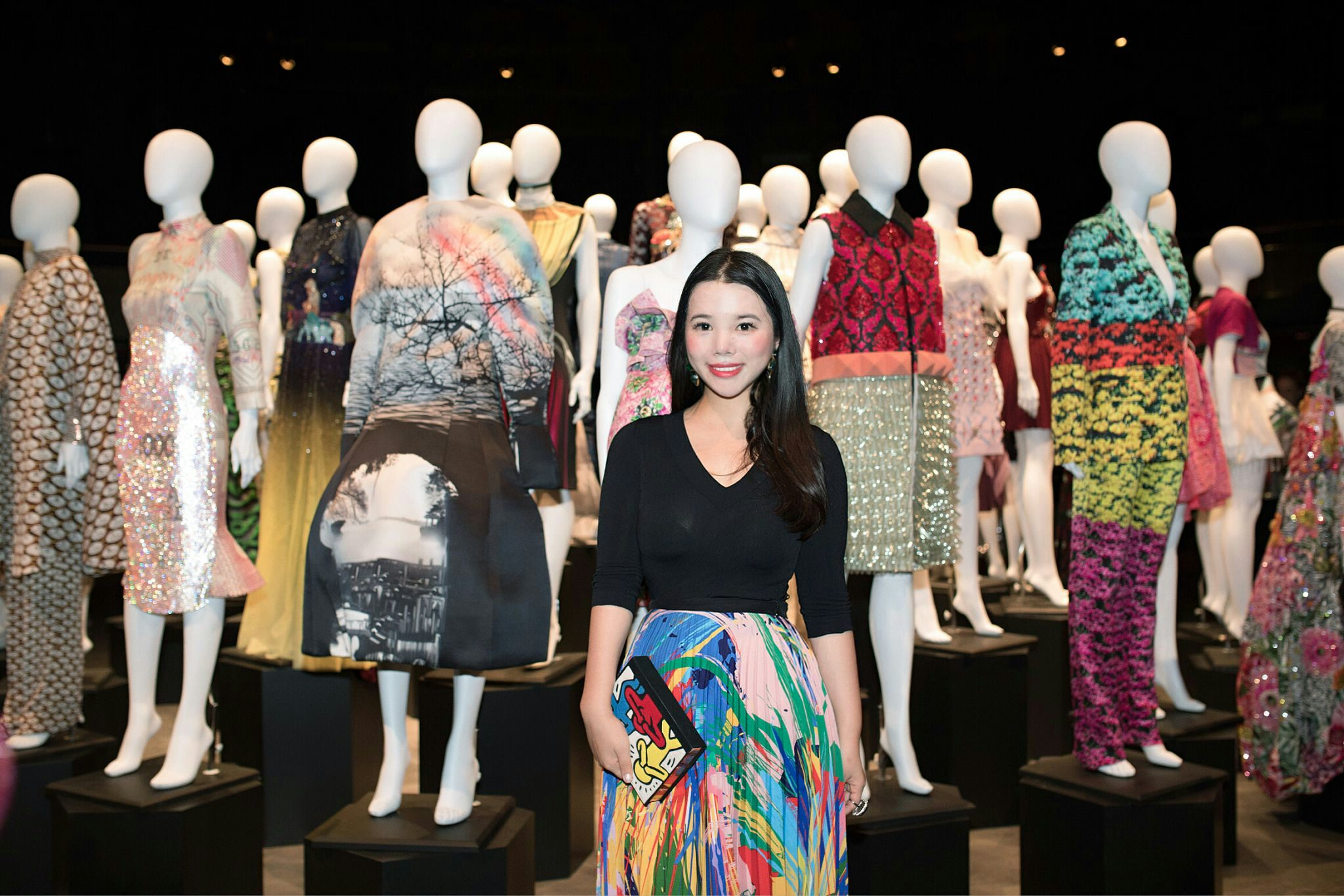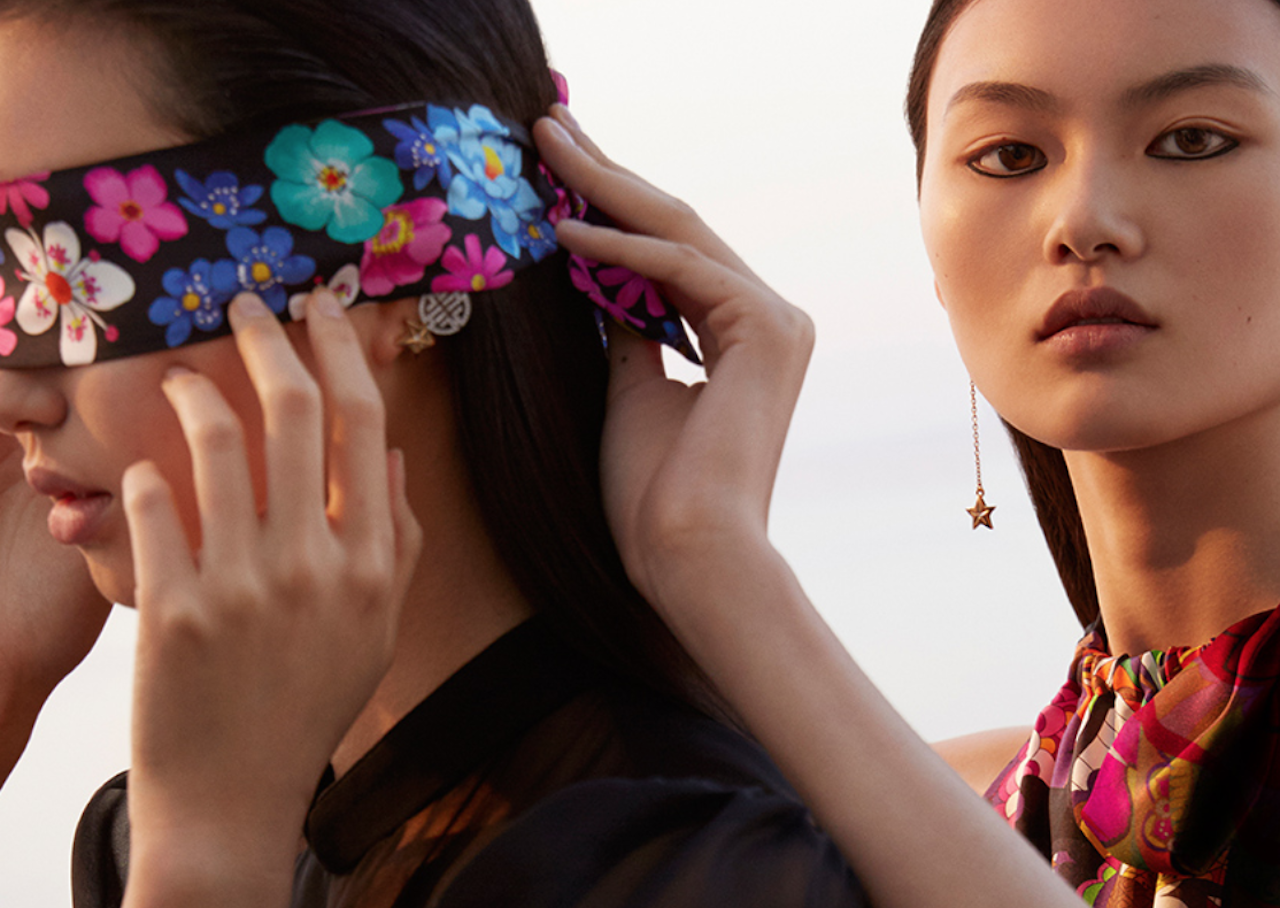When acquiring European Luxury Brands, Chinese investors are looking primarily for prestige and heritage that they can cash in on as soon as possible. They all dream about the Louis Vuittons and the Guccis of the world — and the profits that come with them. It seems to be quite easy at first: You buy a famous brand, and then money comes automatically, right? But it’s important to remember: even Gabriel Chanel had to go through some very tough times before becoming an iconic brand. Things aren’t easy, and raising brand prestige takes a long-term commitment.
These days, Chinese companies have accelerated their investment in European luxury brands, which might be expected with their booming economy. But many in the industry don’t realize that China first began investing in Western luxury over 30 years ago. In 1987, the Hong Kong-based Dickson Poon Group acquired the French company S.T. Dupont, but it wasn’t until the 21st century that Chinese luxury brand buyouts really sped up. In 2001, L’Oréal sold Lanvin to Wang Shaw Lan, a Taiwanese Media magnate, and a decade later, the Fung Family made a series of Western luxury purchases. But what can we learn from these early purchases?
Chinese Luxury Investments: The Early Years#
After getting bought by the Dickson Concept Group in 1987, the Paris-based luxury lighter company ST Dupont underwent a rapid series of changes. With tobacco industries coming under fire for health-related reasons, the lighter brand desperately struck out into new territories like pens, leather goods, and even menswear sales in many Asian regions. But despite their esteemed brand heritage and impeccable product knowledge, ST Dupont never managed to compete at the level of competitors like the German pen and lighter manufacturer Montblanc. Today, the brand is barely surviving with an uninformed management team and an undefined brand DNA.
And then there’s Lanvin. After the investor group Harmonie S.A., headed by Taiwanese media magnate Mrs. Shaw-Lan Wang, purchased the French high fashion house in 2001 with Alber Elbaz in charge (under Mrs. Wang’s management), things quickly went sour after only a few years because of clashing visions. At that time, Lanvin was developing products for the Chinese market without much supervision from the Paris studio, and Elbaz wanted more stores to better express the brand’s DNA and give the brand more consistency worldwide. But Wang was more focused on figures and couldn’t understand why this was so critical. She couldn’t see why the brand needed to develop specific initiatives for the Chinese market.
Cut to 2010 and the Hong Kong-based Trinity Group’s initial investment in luxury, which would become an even bigger disappointment. The company purchased the Parisian fashion house Cerruti 1881 and never executed an official relaunch. Since then, the brand has lost significant business and brand awareness. The result? A once-fashionable European brand is now a virtual unknown to luxury consumers. Those initial Chinese luxury purchases weren’t positive, and the clash of Western luxury vision with a new Chinese mindset was more often than not the culprit.
The Chinese Business Mindset#
There are a lot of critical “human” dimensions to building a timeless brand. Leveraging and maintaining prestige is something that requires a special combination of long-term vision, passion, integrity, and the strength not to compromise the brand vision. This is becoming very difficult these days, as there’s more and more short-term fiscal pressure. When Nicolas Guesghière left Balenciaga, he explained that he’d gotten tired of being under financial pressure all the time. Even the brilliant luxury tycoon Bernard Arnault failed with the Christian Lacroix brand. The Maison never really took off despite the talent involved, the freedom that was given to the designer, and the money spent — and Arnault tried for over 10 years.
In China, the culture of the luxury industry still isn’t fully understood. Jiang Er Qiong, the founder of Shang Xia, explained the difference in the interview she gave to a French magazine when her company was being acquired by Hermès. “I could only be backed by a French Luxury Group in order to build a luxury brand, which requires many long years,” Qiong said. “The Chinese investors have money but absolutely no patience. They require a return on investment after 3 years.”
While China’s first investors didn’t succeed, it’s still too early to say how the latest ones will fare. But if they don’t build conditions for developing prestige, it will be difficult. They will need to deal with irrationality and consistency, and they must commit to “passionate” team members... all while engaging clients in a very authentic way. In short, they will need the perfect balance of numbers and emotions.


